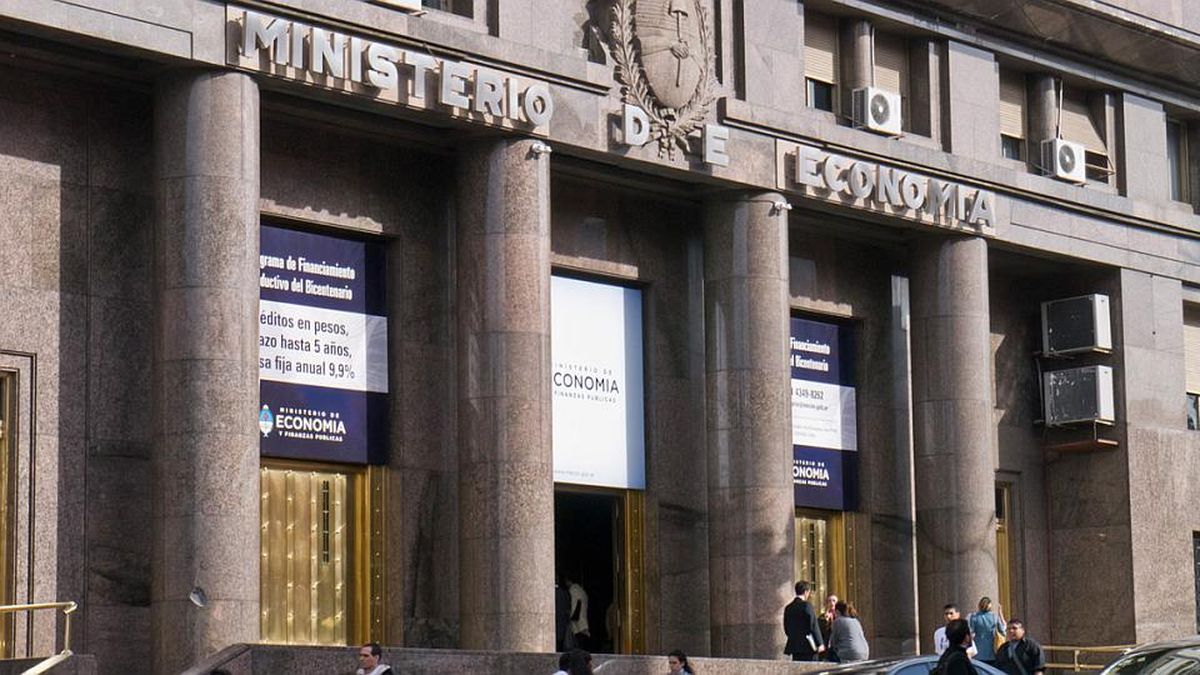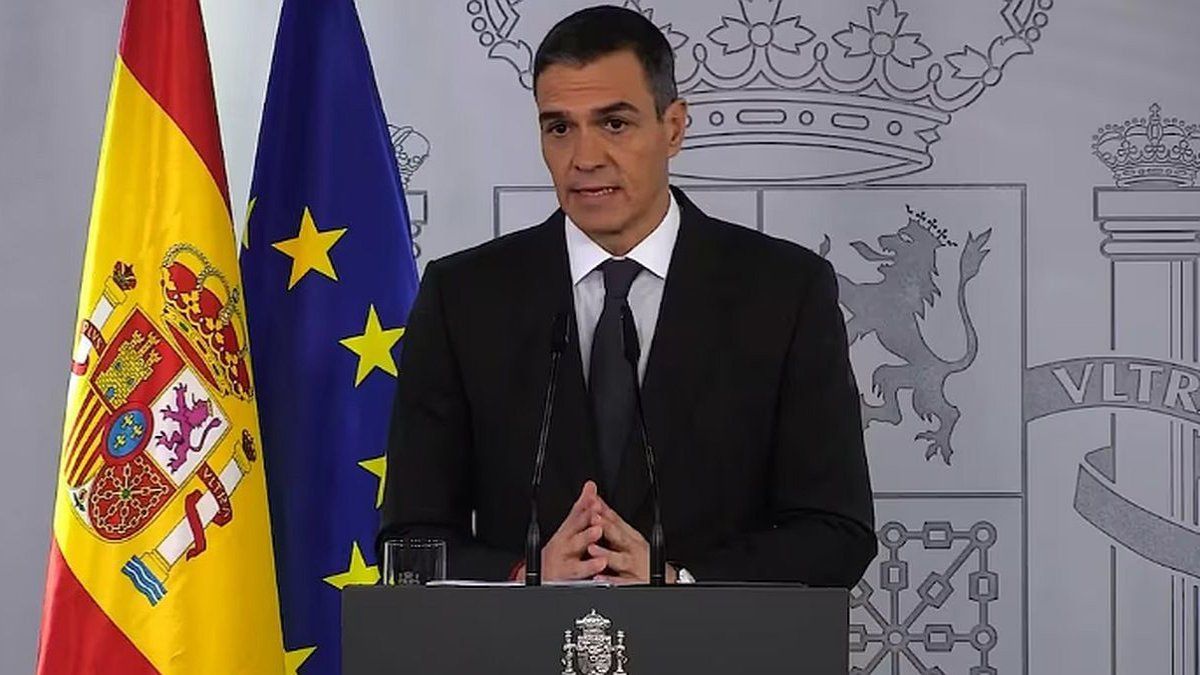According to publicly known information, The Government proposes to banks and local institutional investors, an exchange of titles maturing until June 2023 by a menu of bonds in pesos at one or two years, mainly by bonds in pesos adjusted by CER and to a lesser extent dual bonds that adjust for the higher of the yields between the CER and the exchange rate.
Clearly being able to clear the maturities of the coming months, removes a factor of uncertainty (renewal risk) in an election year that always generates greater volatility and demand for exchange coverage, especially in a context of war and slowdown with global inflation, with rate hikes in the US and Europe causing increased risk in emerging markets.
This operation, far from generating instability, allows the economic team to avoid an abrupt increase in the amount of money in the coming months that may not be validated by the demand, given the global context and the elections and that it may eventually seek to become dollarized by widening the exchange rate gap. So the operation promotes financial stability, reduces inflationary risks and provides certainty to the real economy.
A voluntary market swap is also clearly superior to two options that were made in 2019 a) concentrating maturities in the very short term and b) as a consequence of this a non-voluntary “reprofiling” that is a default. Both options would generate much more “instability”
Those who criticize the operation promoted borrowing in dollars and with volatile foreign investors, which in international experience causes much more instability than borrowing in local currency.
Certainly issuing indexed or exchange-adjusted debt is not optimal, but it is certainly better for financial stability than borrowing in dollars. The ideal is that the Treasury can borrow in pesos at a nominal rate, but that requires a deepening of the anti-inflationary policy. The global experience is that years of low and stable inflation are required to achieve this. In the meantime, many countries issue bonds indexed or hedged as a way to avoid paying very high rates that deepen inflation or become recessive.
Apart from alarmist criticism, concrete and overcoming proposals to face the tough challenges facing a country that adds the shock of the 2018-2019 crisis, pandemic, international crisis, war and drought are not perceived.
There are no shortcuts or magical solutions. The way to reduce the burden of debt, both in dollars and in pesos, is to grow the economy and strengthen economic balances to relatively reduce financing needs, without unsustainable adjustments, defaults or mega-devaluations. .
Hopefully the opposition will remove from the electoral campaign not very serious slogans that can generate instability.
Unfortunately, the ideal seems unlikely: that the opposition and the Government can agree on some State policies in an election year. But as of December 10, 2023, this situation will be inexorable, given the global and local context to avoid greater evils. If the main political forces agree on a stabilization plan with a medium-term development plan, the issue of internal debt and debt in general, if there is no international shock, not only will it be solved without draconian solutions, but it will the foundations of a viable and fair Argentina can be laid.
Director of Synthesis and former President of the Central Bank
Source: Ambito
David William is a talented author who has made a name for himself in the world of writing. He is a professional author who writes on a wide range of topics, from general interest to opinion news. David is currently working as a writer at 24 hours worlds where he brings his unique perspective and in-depth research to his articles, making them both informative and engaging.




